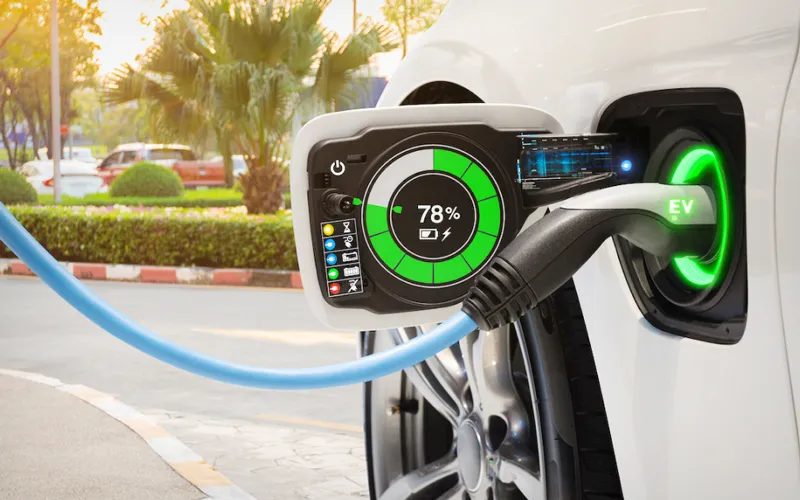Thermal Management for Ev Battery and Electronics Manufacturing
- Posted on:2023-03-27 16:36:00
- Source:AOK Thermal Pad Manufacturer Industry News
Now more than ever before, electric vehicle (EV) batteries and electronics must last longer, perform faster, and guarantee safety. Meeting those ever-increasing demands requires reliable thermal management.
The more power and capacity you pack into a small space like a battery cell or a circuit board the more heat it generates. Thermal management safely dissipates excessive heat away from a battery or electronic component so that it functions properly and does not combust.
In EV batteries, this usually involves surrounding or encapsulating the part in thermal interface material (TIM), also known as thermal gap filler. In electronics, TIM typically is dispensed directly onto the surface of electronic components.
Temperature plays a huge role in the longevity, efficiency and safety of a battery cell or electronic component. If the temperature is too low, power, capacity or performance can decrease. If the temperature is too high, degradation can occur, reducing the product’s life cycle. Too much heat also can cause safety risks that can have catastrophic consequences. Keeping the temperature constant and evenly distributed is advised. Yet, reliable thermal management challenges manufacturers because excessive heat occurs for so many different reasons.
Therefore, batteries and electronics must be designed with thermal management systems that prevent overheating and safely guide the heat away from critical components. Electric vehicle (EV) batteries and electronics can overheat sometimes causing thermal events because of overcharging, rapid discharging, or environmental factors. Ongoing optimization most often puts thermal management at risk.
To improve EV battery performance and reduce weight, battery cells have a higher energy density that results in more heat generated inside a smaller space. To increase speed and decrease size, electronic components are miniaturized and functions are integrated, so that more can fit on printed circuit boards (PCBs) and confined spaces. The more compact and powerful PCBs become, the more heat they create.
Correctly applying thermal materials can be challenging and requires proper attention. These pastes are often two-component materials that necessitate a precise, on-ratio dispense. Because applications also require large volumes of material, it is crucial to dispense the appropriate and even amounts of material to avoid air gaps or overflow.
Keeping circuit boards from getting overheated. A printed circuit board (PCB) can consist of many components, and together, they generate a lot of heat. The top and bottom surfaces are where microchips, capacitors, connectors, resistors, and other components are mounted. Heat can accumulate in the tiniest air gaps within the electronic device, causing the circuit board to overheat and stop working. That’s where thermal interface material comes in. TIM fills in those air gaps, so that the heat transfers quickly from the heat generating components to the heat dissipation components. This keeps the electronic device within an optimal temperature range, so that it works and lasts longer.
Thermal management is a critical aspect of electric vehicle (EV) battery and electronics manufacturing. Proper thermal management ensures that the battery and electronics are operating within their optimal temperature range, which can improve their performance, lifespan, and safety. There are several methods for thermal management in EV batteries, including liquid cooling, air cooling, and phase change materials. Liquid cooling involves circulating a coolant through the battery pack to remove heat, while air cooling uses fans or heat exchangers to cool the battery.
In addition to thermal management for the battery, it is also important to consider thermal management for the electronics, such as the motor controller and power electronics. This can be achieved through cooling systems that are integrated into the electronics housing or through the use of heat sinks to dissipate heat. Overall, thermal management is a critical aspect of EV battery and electronics manufacturing to ensure safe and reliable operation.
If you would like to learn more about AOK performance thermal materials, please visit our website at www.aok-technologies.com.


